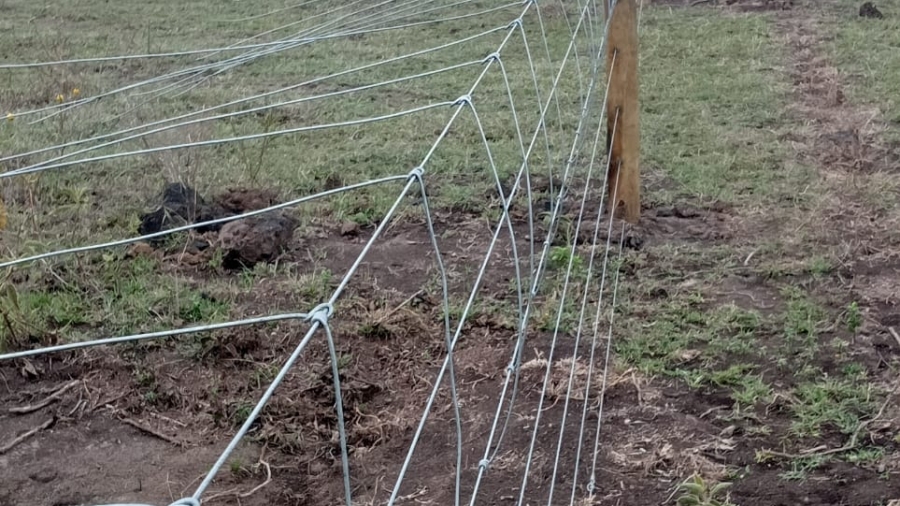The Sheldrick Wildlife Trust (SWT) has earned global recognition for its unparalleled work in the conservation of elephants, but their efforts extend far beyond just protecting these majestic creatures. Under the visionary leadership of Angela Sheldrick, the trust has pioneered innovative solutions that address the challenges posed by human-wildlife conflict, particularly the tension between local communities and elephants. One of the most impactful initiatives spearheaded by the trust has been the installation of solar-powered electric fences, which have played a crucial role in safeguarding both wildlife and local livelihoods.
A Game-Changer in Mitigating Human-Wildlife Conflict
Human-wildlife conflict is a longstanding issue in regions where human settlements encroach on wildlife habitats. In Kenya, elephants often roam in areas that border agricultural land and human habitation, leading to destructive encounters. Elephants, in search of food and water, can inadvertently damage crops, property, and infrastructure, leading to resentment and even hostility from local communities. In response, the Sheldrick Wildlife Trust recognized the urgent need for a solution that would both protect the elephants and help people coexist with wildlife in a harmonious way.
The trust’s innovative approach to mitigating this conflict involves the construction of solar-powered electric fences. These fences act as a protective barrier that prevents elephants from straying into agricultural areas, thus reducing crop destruction and human-elephant conflict. At the same time, the fences allow elephants to roam freely within their natural habitats, where they are safe from poaching and encroachment. The installation of these fences has significantly improved the quality of life for both the elephants and the people who live near them.
Empowering Local Contractors: A Win-Win for Communities
What sets the Sheldrick Wildlife Trust’s fencing project apart is its commitment to involving local contractors in the construction and installation of the fences. Rather than relying on large corporations or international companies, the trust has chosen to enlist the services of local businesses, thereby creating direct and indirect employment opportunities for communities in conservation areas. This decision not only ensures that the fences are built by people who have a deep understanding of the local landscape and wildlife but also strengthens the local economy by providing jobs and stimulating economic growth.
The benefits of this approach are far-reaching. Local contractors, who may have otherwise struggled to secure large-scale projects, now have a steady source of income from the fencing installations. Additionally, the workers involved in the project gain valuable skills and experience in the construction and maintenance of electric fences, which can be applied to future projects and potentially lead to new business opportunities. In this way, the Sheldrick Wildlife Trust has created a sustainable model of conservation that not only protects elephants but also uplifts the communities that live alongside them.
Building Awareness and Fostering Positive Attitudes Toward Elephants
Another crucial aspect of the Sheldrick Wildlife Trust’s work is its emphasis on community awareness and education. By engaging local communities in the installation of electric fences, the trust has fostered a sense of ownership and pride in the conservation efforts. People are more likely to support wildlife protection when they see firsthand the positive impact these projects have on their daily lives. The fences not only protect crops and property but also reduce the need for retaliatory killings of elephants, which have been a tragic consequence of human-wildlife conflict.
As communities experience the tangible benefits of the fences—such as fewer crop losses and greater safety—there is a shift in attitudes toward elephants. What was once seen as a nuisance or threat becomes recognized as an important part of the local ecosystem. This change in perception is vital for long-term conservation efforts, as it fosters a more cooperative relationship between humans and wildlife.
The Ripple Effect: Expanding the Impact
The success of the solar-powered electric fences in areas such as Voi, Meru National Park, Shimba Hills, Kibwezi, and Tsavo is a testament to the effectiveness of this approach. These regions, which were once hotspots for human-wildlife conflict, have seen significant improvements in both elephant protection and community relations. The ripple effect of these projects extends beyond the immediate area, as neighboring regions observe the benefits and are inspired to adopt similar initiatives.
The Sheldrick Wildlife Trust’s approach has not only helped to reduce human-wildlife conflict but has also contributed to the broader goal of preserving Kenya’s rich biodiversity. By creating a safer environment for elephants, the trust is ensuring that future generations can experience the wonder of these incredible animals in the wild. Furthermore, the trust’s work with local contractors has demonstrated that conservation and community development can go hand in hand, creating a model that can be replicated in other parts of the world.
Conclusion: A Legacy of Conservation and Community Empowerment
The Sheldrick Wildlife Trust’s solar-powered electric fencing projects are a shining example of how conservation efforts can benefit both wildlife and human communities. By focusing on local contractors, the trust has not only addressed the immediate challenges of human-wildlife conflict but has also provided long-term employment and skills development for local people. The positive impact of these projects is felt far beyond the fences themselves, as they have fostered a greater understanding and appreciation of elephants among local communities.
Through its work, the Sheldrick Wildlife Trust has proven that conservation is not just about protecting animals—it’s about creating sustainable solutions that benefit both people and wildlife. As the trust continues to expand its fencing projects and other conservation initiatives, it will undoubtedly leave a lasting legacy of coexistence, empowerment, and respect for the natural world.


